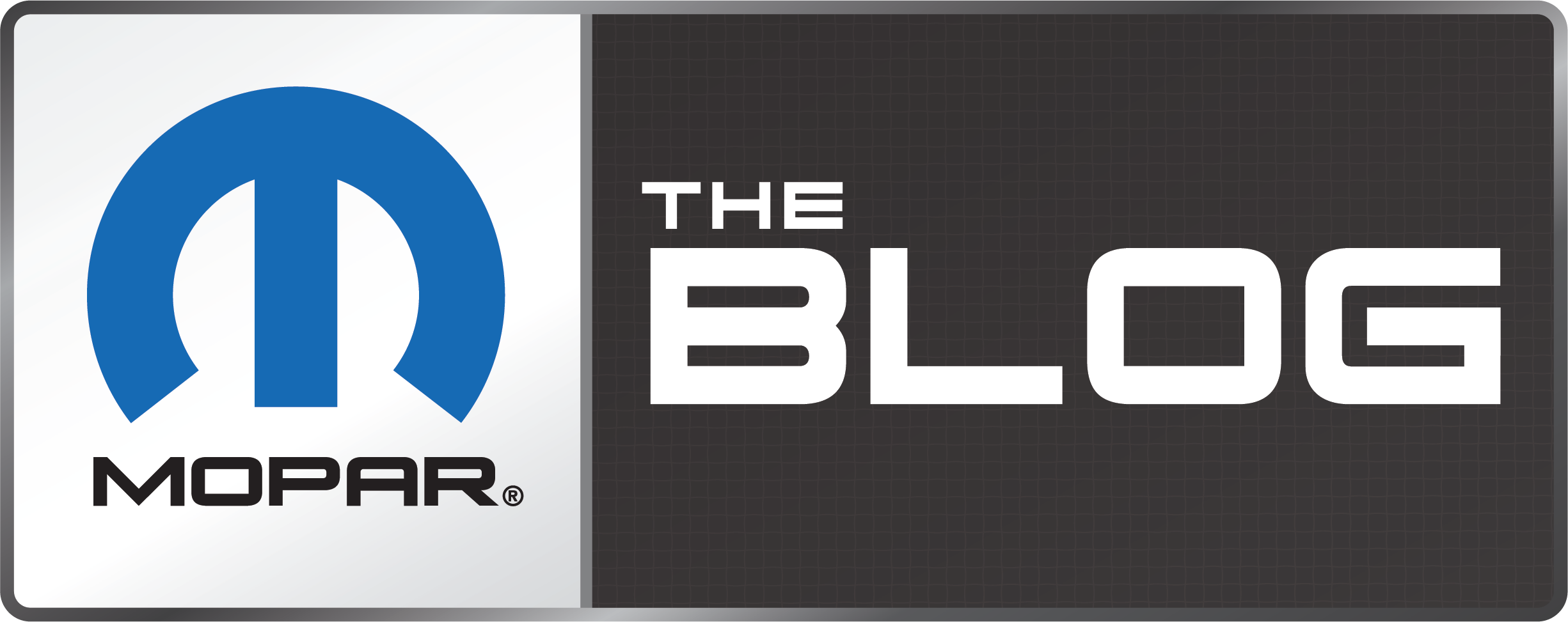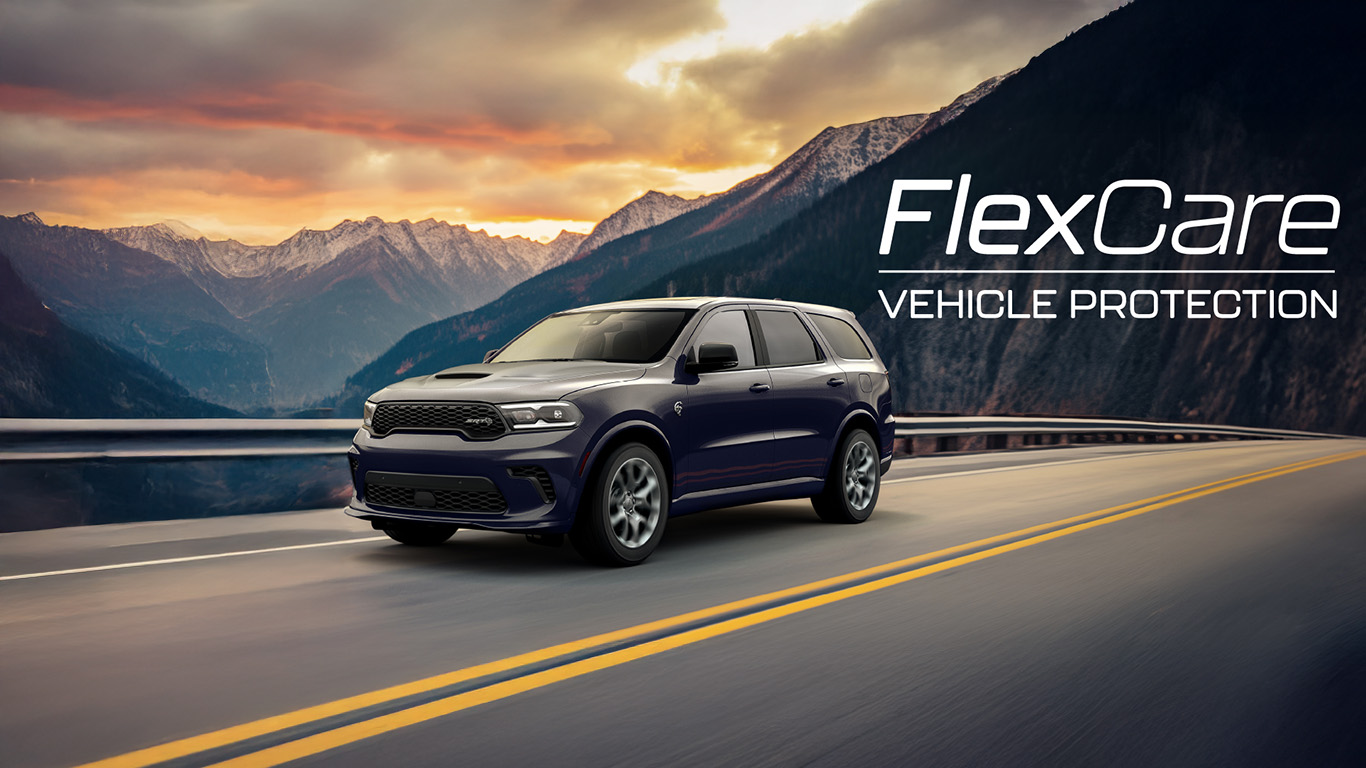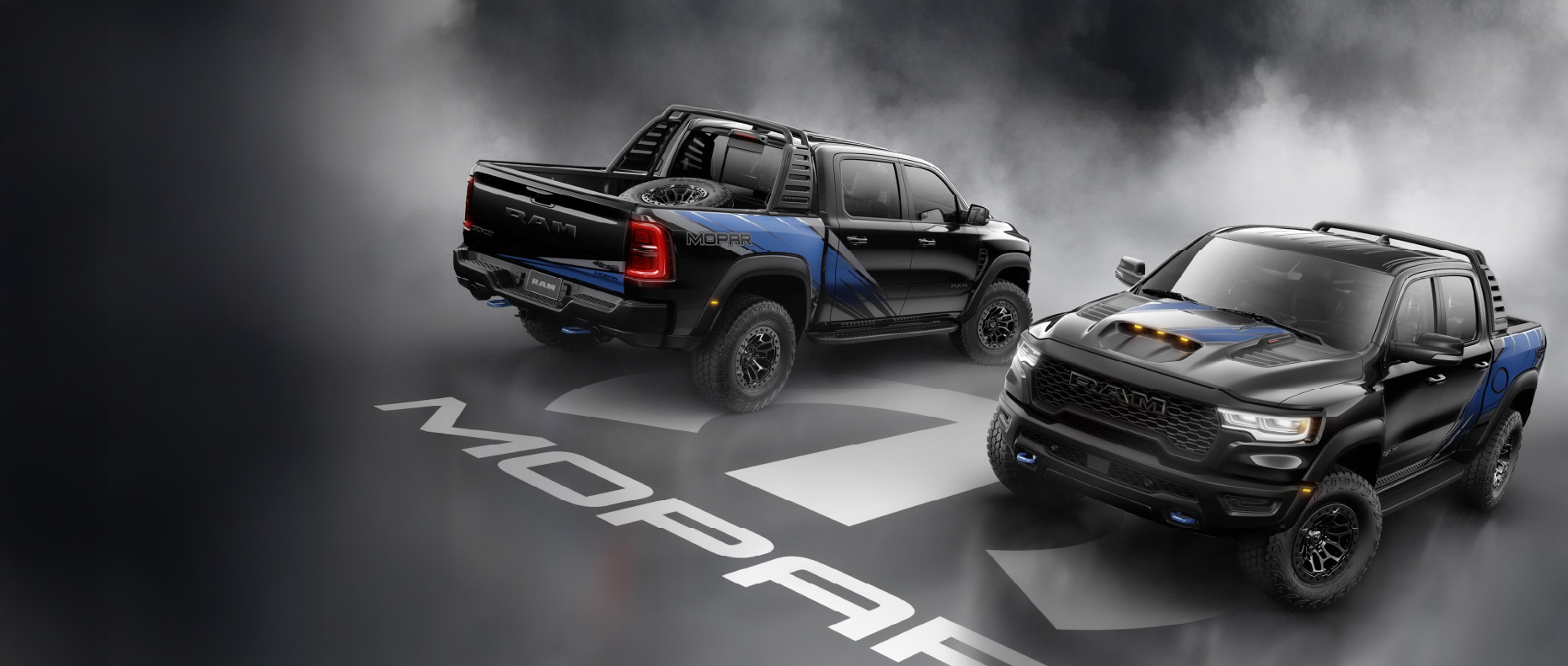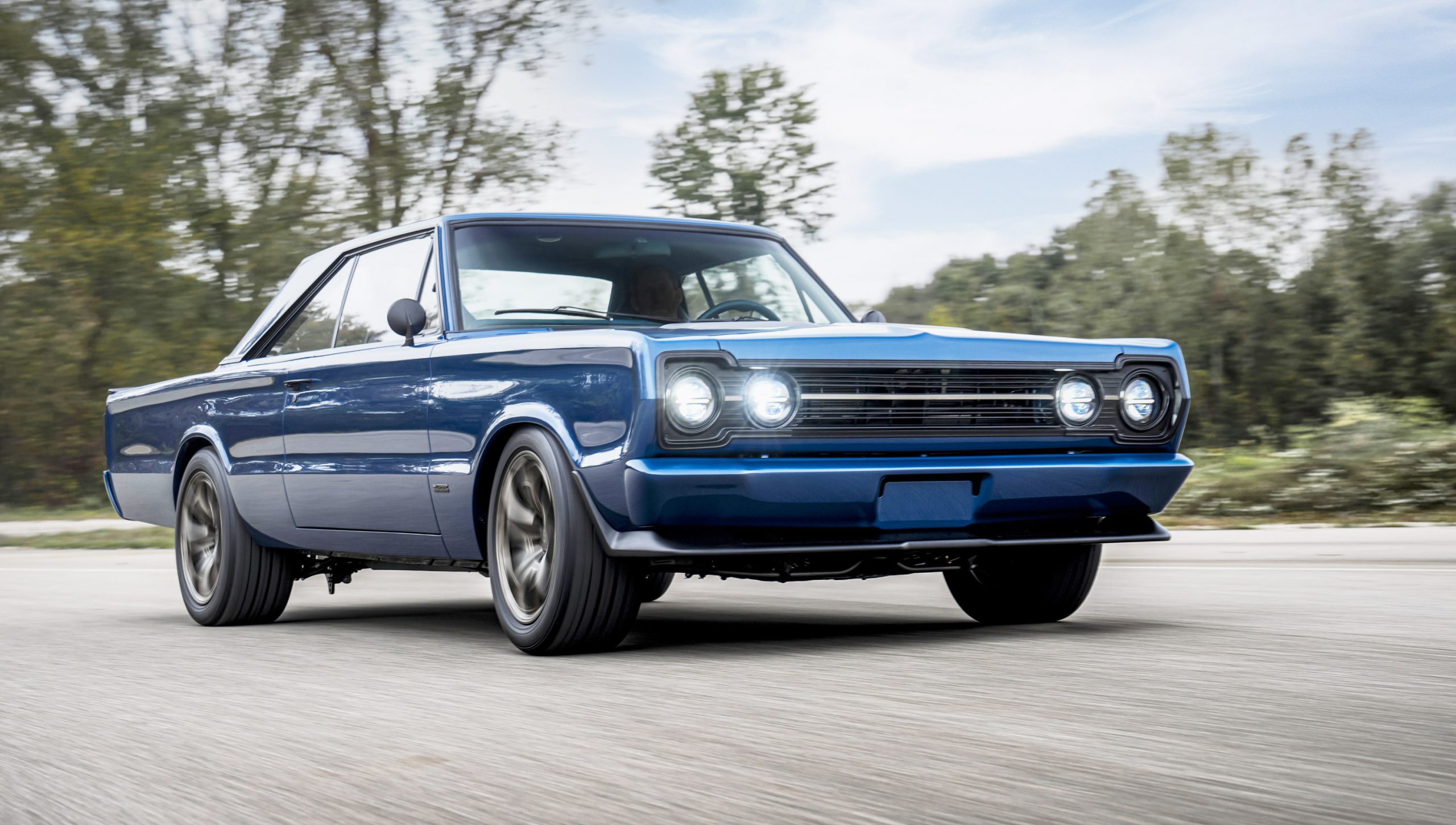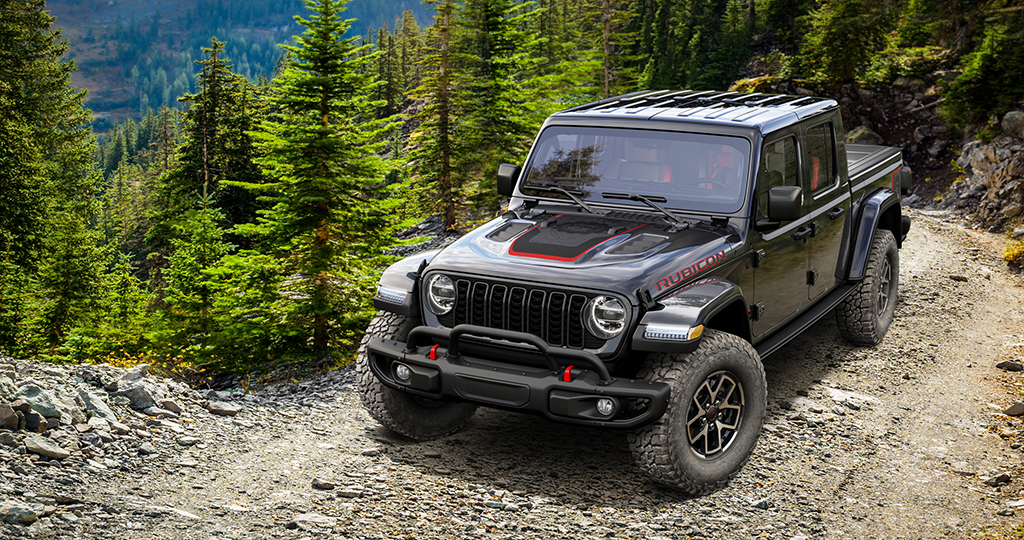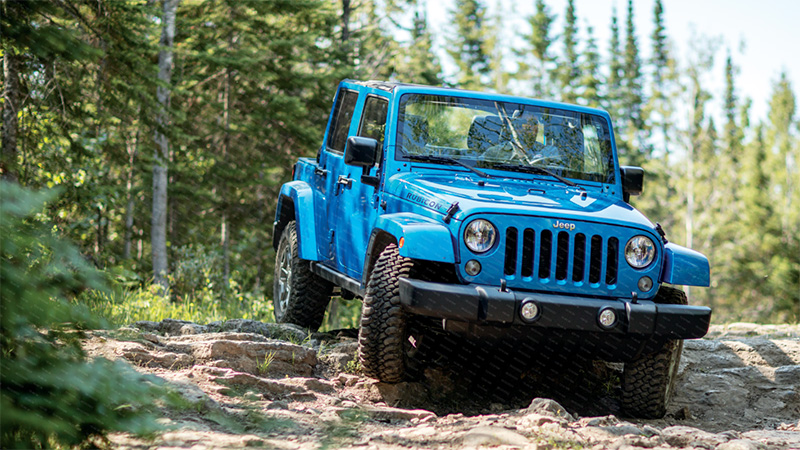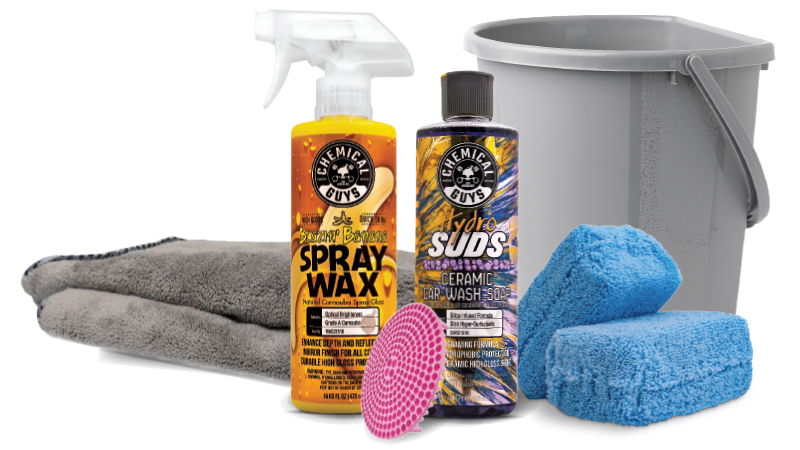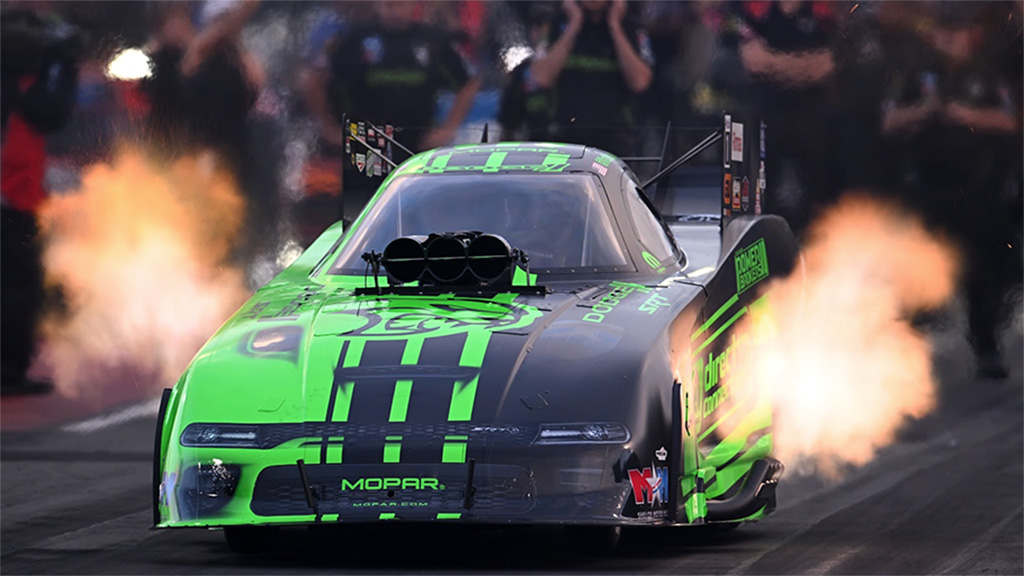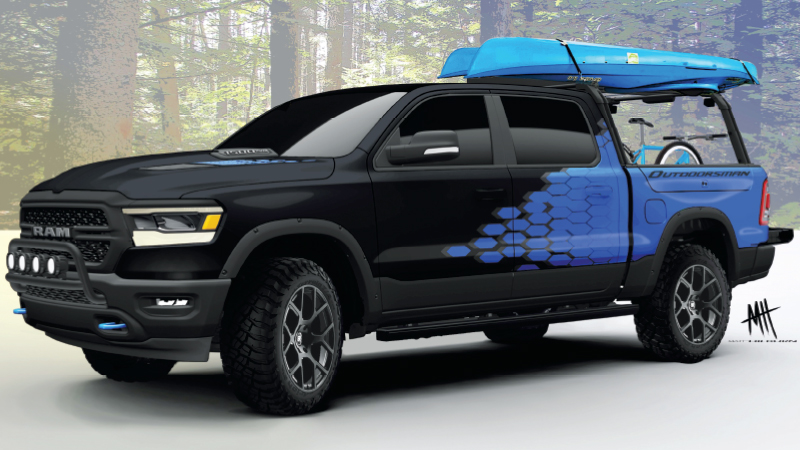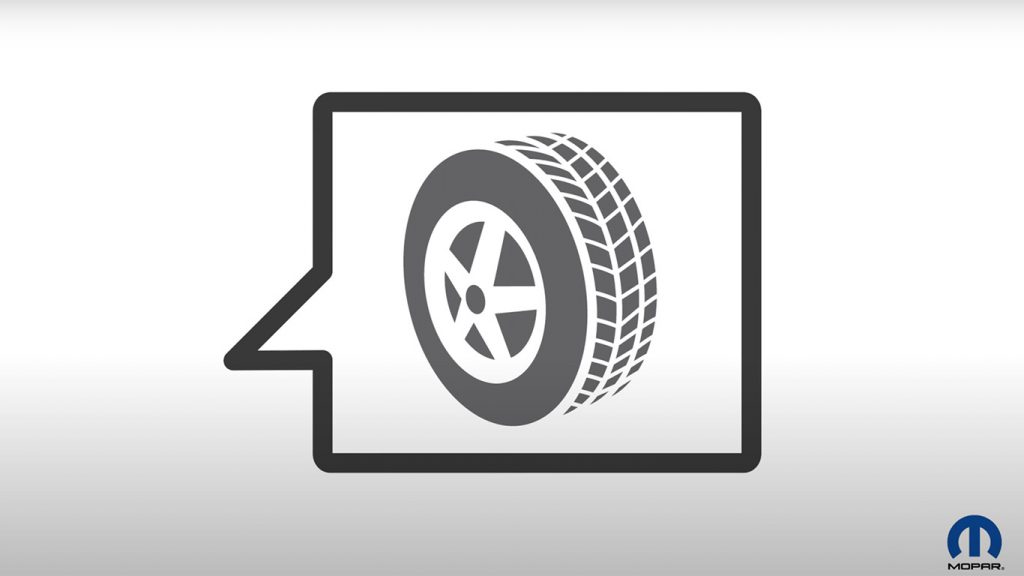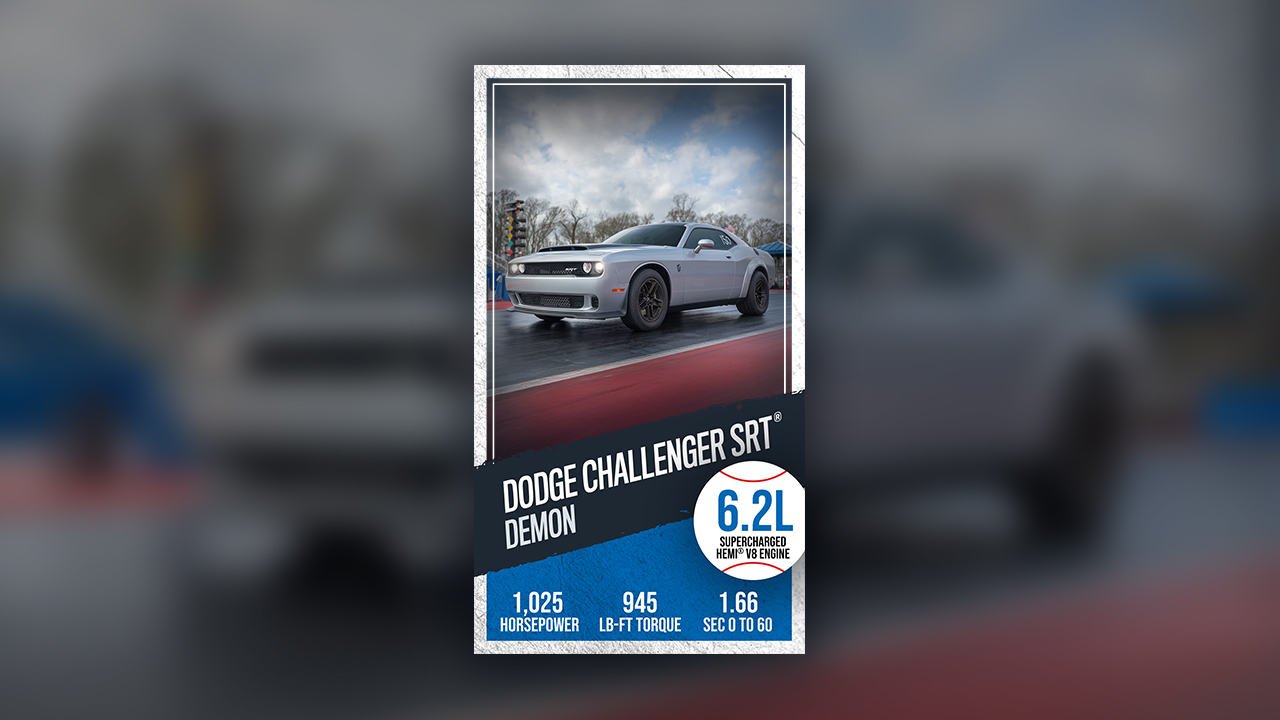Proper tire inflation pressure is essential to the safe and satisfactory operation of your vehicle. Four primary areas are affected by improper tire pressure:
- Safety
- Fuel Economy
- Tread Wear
- Ride Comfort and Vehicle Stability
Let’s take a look at each.
Tire Safety
Why check tire pressure?
WARNING:
- Improperly inflated tires may be dangerous and may cause crashes.
- Underinflation increases tire flexing and can result in overheating and tire failure.
- Overinflation reduces a tire’s ability to cushion shock. Objects on the road and chuckholes can cause damage that result in tire failure.
- Overinflated or underinflated tires can affect vehicle handling and can fail suddenly, resulting in loss of vehicle control.
- Unequal tire pressures can cause steering problems. You could lose control of your vehicle.
- Unequal tire pressures from one side of the vehicle to the other can cause the vehicle to drift to the right or left.
- Always drive with each tire inflated to the recommended cold tire inflation pressure.
- Both underinflation and overinflation affect the stability of the vehicle and can produce a feeling of sluggish response or over responsiveness in the steering.
Fuel Economy
Underinflated tires will increase tire rolling resistance resulting in higher fuel consumption.
Tread Wear
Improper cold tire inflation pressures can cause abnormal wear patterns and reduced tread life, resulting in the need for earlier tire replacement.
Ride Comfort And Vehicle Stability
Proper tire inflation contributes to a comfortable ride. Overinflation produces a jarring and uncomfortable ride.
How to check tire inflation pressure
The proper cold tire inflation pressure is listed on the driver’s side B-pillar or rear edge of the driver’s side door. The owner’s manual will also have this information.
At least once a month, check and adjust tire pressure with a good quality pocket-type pressure gauge.
- Remove the tire’s valve step cap.
- Place the pressure gauge on the valve stem. Depending on your model of pressure gauge, this may take less than a second.
- Check the reported pressure. If it is over the recommended pressure, you can let a bit of air out of the tire by pressing the pin inside of the valve stem. Your tire pressure gauge should have a tip for doing this. If the tire is under the recommended pressure, add some air to the tire by attaching an air compressor to the tire and inflating it to the recommended pressure. Depending on your type of air compressor, you may need to recheck the pressure periodically with your gauge.
Do not make a visual judgment when determining proper inflation. Tires may look properly inflated even when they are underinflated. Also, be sure to inspect tires for signs of tire wear or visible damage.
CAUTION: After inspecting or adjusting the tire pressure, always reinstall the valve stem cap. This will prevent moisture and dirt from entering the valve stem, which could damage the valve stem.
Tire pressure points to keep in mind:
- Inflation pressures specified on the placard are always “cold tire inflation pressure”. Cold tire inflation pressure is defined as the tire pressure after the vehicle has not been driven for at least three hours, or driven less than 1 mile (1.6 km) after sitting for a minimum of three hours. The cold tire inflation pressure must not exceed the maximum inflation pressure molded into the tire sidewall.
- Check tire pressures more often if subject to a wide range of outdoor temperatures, as tire pressures vary with temperature changes.
- Tire pressures change by approximately 1 psi (7 kPa) per 12°F (7°C) of air temperature change. Keep this in mind when checking tire pressure inside a garage, especially in the Winter.
- Example: If garage temperature = 68°F (20°C) and the outside temperature = 32°F (0°C) then the cold tire inflation pressure should be increased by 3 psi (21 kPa), which equals 1 psi (7 kPa) for every 12°F (7°C) for this outside temperature condition.
- Tire pressure may increase from 2 to 6 psi (13 to 40 kPa) during operation. DO NOT reduce this normal pressure build-up or your tire pressure will be too low.
Not sure this is for you? Click to find a dealer near you and schedule service (https://www.mopar.com/en-us/service-maintenance/online-scheduling-service/schedule-an-appointment.html) to have a factory-trained service technician take care of the whole process.
